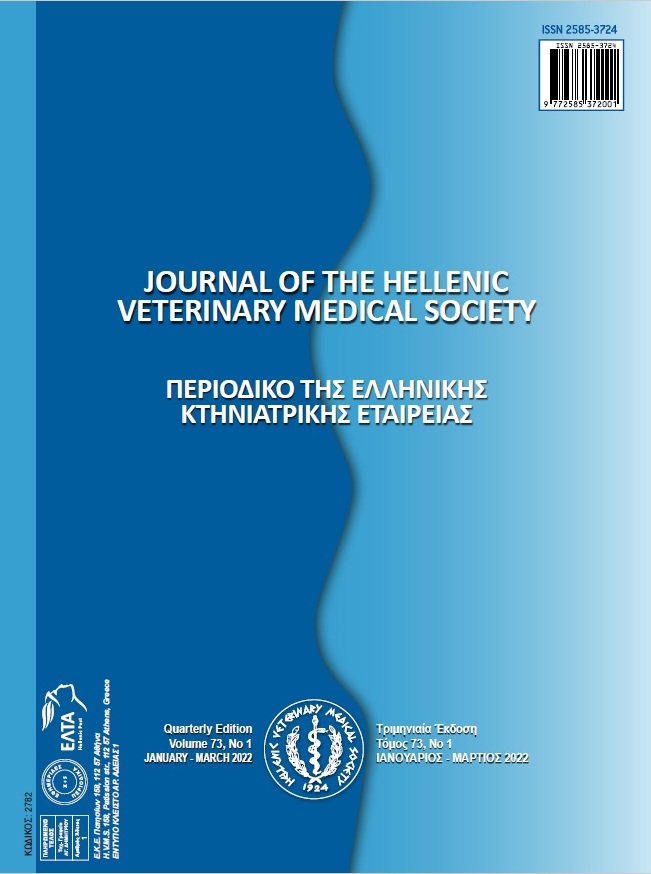Use of Multivariate Adaptive Regression Splines, Classification Tree and Roc Curve in Diagnosis of Subclinical Mastitis in Dairy Cattle

Abstract
Subclinical mastitis is one of the most significant diseases that cause economic losses in dairy cattle farming. This investigation was conducted on 112 head Holstein Friesian cows in order to reveal relationship between subclinical mastitis and electrical conductivity milk composition and milk quality. In the study, CMT (California Mastitis Test) and CSCC (Classified Somatic Cell Count) used in diagnosis of subclinical mastitis were used as a binary response variable i.e. healthy and unhealthy. Potential predictors included here were lactation number, days in milk (DIM), L, a, b, H, C, milk fat, milk protein, lactose, milk freezing point, SNF, density, solids, pH and electrical conductivity. CART, CHAID, Exhaustive CHAID, QUEST and multivariate adaptive regression splines (MARS) were used as data mining algorithms that help to make an accurate decision about detecting influential factors increasing risk of subclinical mastitis.
In conclusion, better classification performances of CART and MARS data mining algorithms were determined compared with those of remaining algorithms in order to correctly discriminate healthy and unhealthy cows.
Article Details
- How to Cite
-
ALTAY, Y., AYTEKİN, İbrahim, & EYDURAN, E. (2022). Use of Multivariate Adaptive Regression Splines, Classification Tree and Roc Curve in Diagnosis of Subclinical Mastitis in Dairy Cattle. Journal of the Hellenic Veterinary Medical Society, 73(1), 3817–3826. https://doi.org/10.12681/jhvms.25864
- Issue
- Vol. 73 No. 1 (2022)
- Section
- Research Articles

This work is licensed under a Creative Commons Attribution-NonCommercial 4.0 International License.
Authors who publish with this journal agree to the following terms:
· Authors retain copyright and grant the journal right of first publication with the work simultaneously licensed under a Creative Commons Attribution Non-Commercial License that allows others to share the work with an acknowledgement of the work's authorship and initial publication in this journal.
· Authors are able to enter into separate, additional contractual arrangements for the non-exclusive distribution of the journal's published version of the work (e.g. post it to an institutional repository or publish it in a book), with an acknowledgement of its initial publication in this journal.
· Authors are permitted and encouraged to post their work online (preferably in institutional repositories or on their website) prior to and during the submission process, as it can lead to productive exchanges, as well as earlier and greater citation of published work.


